QuestionClutch is a 10 month old, 40 lb. Bull Terrier. Vet says full grown. Has had beginner trainning & now on intermediate. Is learning, very good when good, terrible when bad. Cleo is an 11 year old Pit Bull Boxer mix. Trained very well. Raised Clutch as "her baby" since he was 5 weeks old. Both dogs get along very well together. Clutch is kennel trained. We do not feed dogs together, nor leave alone together. They play in the yard by running back and forth, then wander around, then come to see what everyone is doing. In the last week Cleo has become jelous to the point of starting 3 fights. When they fight or growl or hair comes up we muzzle the dogs and do a time out. No yelling or attention at this time. We wait for the dogs to calm down then let them free again. Cleo starts these fights when our daughter is present. (She is 20 yrs old and both dogs love her!!) Each time Clutch has gotten on our daughters lap or next to her and Cleo has not liked that. Cleo is the dominant dog. The vet has checked her over and no problems found, behavior he said. We muzzled both dogs and took Cleo to another room. No attention to either dog, except when Clutch got a cut on his chin this last time we had to stop the bleeding. Any other suggestions we can try? The trainer for Clutch said to leash both dogs and remove the one who started the fight from the area until both dogs are calm then reward and praise when put back together and are good. That is basically what we already have done. Thank you, Elaine
AnswerRemoving the more dominant dog is not working; it's rewarding the subdominant dog (who gets to remain) and confusing the dominant dog and making this situation far worse.
Leave the house tabs (indoor leash) on; you need to develop skills, and fast, on how to read dog body language so you can see this problem coming and end it before it starts. Read Turid Rugaas' "Calming Signals", a great primer on how to read body language. Muzzling a dog doesn't work; the dog understands it's restrained and this may actually worsen the next event. Further, unless you are using wire basket muzzles, brachycephaly (as found in pit bulls, etc.) makes it quite difficult for the dog to breathe or pant (very necessary SIGNAL and sign of submission) or lick its lips (other signal of appeasement) and is worsening the problem and may be frightening, adding yet another ingredient to an already charged scenario. Cleo is making rank statements to Clutch who is no doubt fully aware of what they are; even in a benign incident, some collateral injury can occur (cut lip.) The problem is that Cleo (and most likely clutch) have the wrong idea about who's who in your household. This needs to be repaired.
First, to end an event that is imminent, split the dogs by getting between them BEFORE it starts. A "Cut it out" in a gutteral voice directed AT Cleo must be immediately followed by (initially) removing Clutch (using the leash) to another room; return and take Cleo's leash and put her in a down/stay for several minutes (step on the leash so she can't get up.) Ignore her totally during this time. Then reunite the dogs and keep observing closely. You must attempt to stop totally this aggression and, eventually, you will use positive reinforcement training (as well as your newly acquired skill of observation) to reward the subdominant postures of Clutch (who is most likely actually about to become higher ranking but who SHOULD acquiesce to Cleo -- at her age she's naturally losing rank, she's rather desperate at this point.) For now, split them, remove Clutch, put Cleo in a down, this is a stopgap measure while you do other things:
Learn about positive reinforcement training (ClickerTraining.com). Teach both dogs, separately, one behavior "SIT", but use a unique word. It will take a couple of weeks to get a 100% response every time you give this command from both dogs. Associate a hand signal with your word for "SIT" (I use an exaggerated point down from shoulder height) as this will focus both dogs on YOU. Once you've obtained this conditioned response, begin using it on BOTH dogs and put them on a Nothing in Life Is Free regimen: being petted, being fed, being taken or let in/out, being greeted, played with, etc. Both dogs MUST EARN EVERYTHING. Keep this in place for at least the next few months. Once you have had NILIF in place for about a week, observe both Cleo's and Clutch's places of rest in your home; keep the house tab on them both. If one is in your way, this is not an accident; using the house tab, move the dog with a calm "Move"; if a dog is in the threshold of a room, move the dog; under foot of the sofa or chair, move the dog; barging through doors ahead of you, hold the dog back and go first. These are all signs of authority; do not allow either dog on the furniture for any reason or in anyone's bedroom. Observe them closely before leaving them alone together for any extended period of time; while it's not likely this young male will turn on this older female, if she gets it in her head to "correct" him, he may defend himself.
Once your dogs are on NILIF, start training a "go to" behavior: "go to place" or "corner", wherever is convenient for you. Make the "go to" a play training event using a special toy and treats. Both dogs should associate only high reward with the 'go to" command. Once you have obtained a strong response from both dogs, if something erupts between them and you need to split them, send Clutch to his "go to" place first, then Cleo. They must be rewarded for GOING THERE; this is a redirection of behavior but also reaffirming your authority. When you perceive that the clicker has become a solid cue for reward in both dogs, and you have had them on NILIF for a couple of weeks and had time to digest the body signals information, begin to click/treat (CT) whenever Clutch offers Cleo a sign of subdominance or stress reduction (lip licking, yawn, averting eyes, many others). If you do this consistently he will slowly accept his position (providing Cleo's cognitive abilities don't begin to fail, which they might.) If Clutch does nothing to upset cleo's self perceived rank, there's no need for her to act. This is a touchy situation given the ages of both dogs, one obtaining adult behavior and one aging past the ability to maintain rank. You'll have to keep a very close eye. you might also want to bring in a certified applied animal behaviorist; you can most likely get referral from a veterinary school in your geographical area.

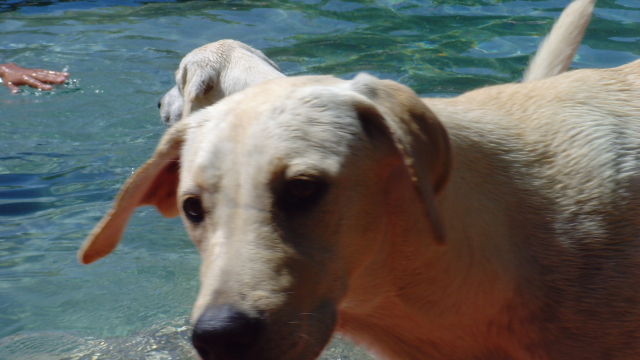 Psychological trauma
Question
Izzy
I recently took my 1 year old dog to a fr
Psychological trauma
Question
Izzy
I recently took my 1 year old dog to a fr
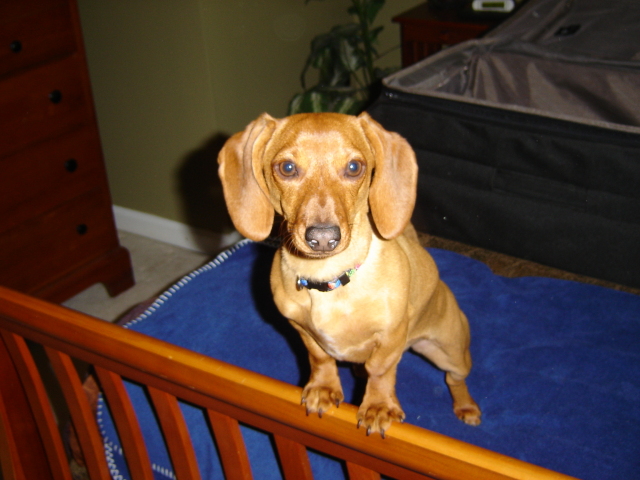 Mini Daschund with anxiety issues
QuestionAbigayle
QUESTION: I have a 3 1/2 yr old
Mini Daschund with anxiety issues
QuestionAbigayle
QUESTION: I have a 3 1/2 yr old
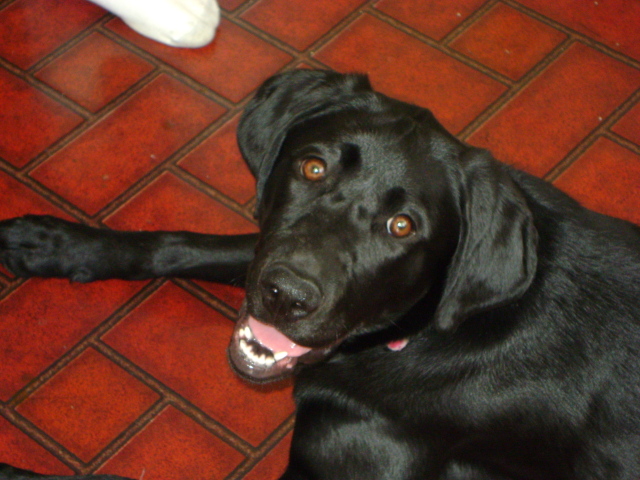 Black lab - 1 yr
QuestionSheba
QUESTION: My lab loves to bite her
Black lab - 1 yr
QuestionSheba
QUESTION: My lab loves to bite her
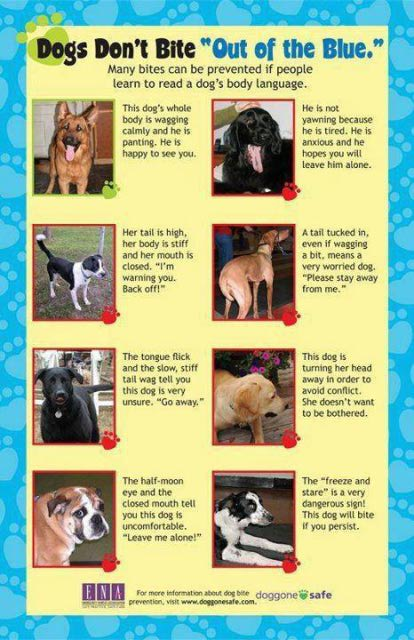 Is this aggression, dominance, or play?
QuestionQUESTION: I have a question regarding doggy beh
Is this aggression, dominance, or play?
QuestionQUESTION: I have a question regarding doggy beh
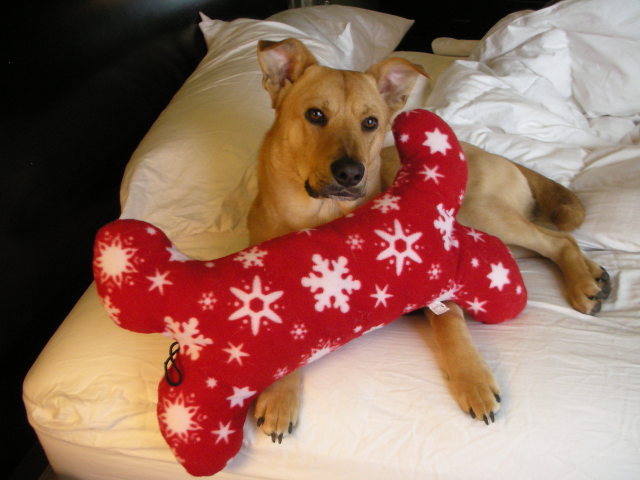 Very Scared Dog
Question
Happy
My dog is 17 months old and is a mixed b
Very Scared Dog
Question
Happy
My dog is 17 months old and is a mixed b